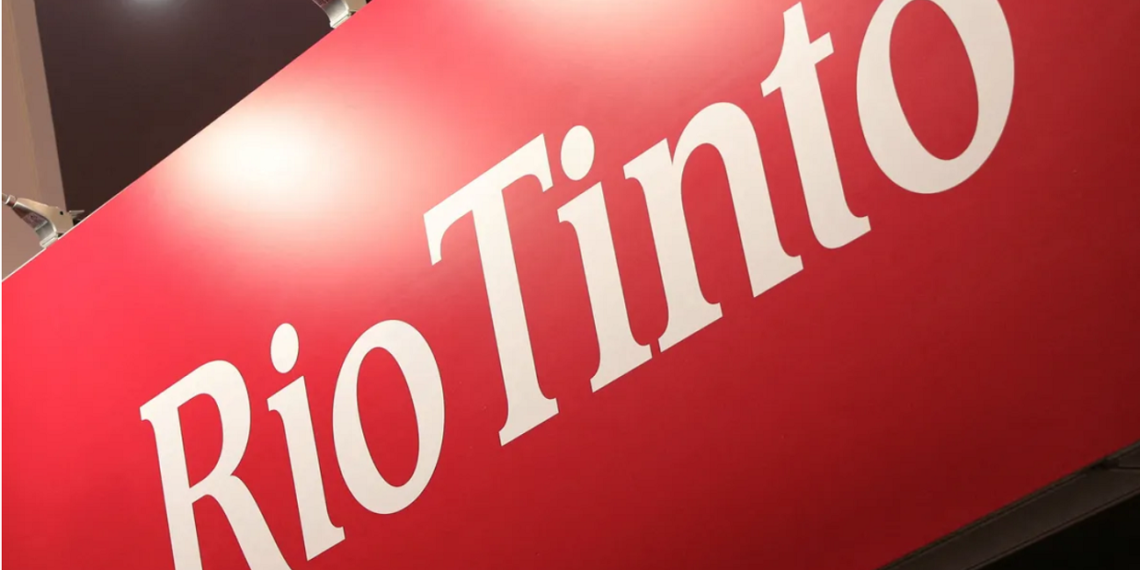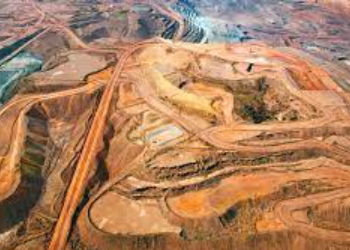Big news has been announced by Rio Tinto as its board of directors gives the go-ahead for the long-delayed Simandou Iron Ore Mine.
CEO, Jakob Stausholm, told the Financial Times on Wednesday that the company intends to launch iron ore production from the US$20B development as early as 2025, “the board yesterday approved the largest mining project in the world.” Stausholm said.
The news comes after decades of corruption and scandals have troubled the project, resulting in a continuous string of setbacks.
Simandou is on track to become one of the world’s biggest and highest-grade iron ore mines, the project will add around 5% to global seaborne supply when it comes online. It is a partnership between Rio Tinto, the Guinean government, and at least seven other companies, including five from China.
The project has been the subject of lengthy negotiations due to its complicated ownership structure, delays caused by legal disputes, Guinea’s political changes, and construction challenges.
Rio Tinto plans to invest US$6.2B in the mine, rail, and port project in the Republic of Guinea, in collaboration with other companies. However, final investment approval from Rio’s state-owned Chinese partners, including Chinalco and Baowu, is still pending. Nonetheless, Stausholm expressed confidence that this approval would be granted soon.
The Simandou mountain range lies in the south-east of the Republic of Guinea, over a surface area more than 100km. Its subsoils contain the world’s largest untapped reserve of high-grade iron ore, estimated at over 2Bt. Rio says that developing a project of Simandou’s scale is a unique opportunity.
Simandou’s mining concession is divided into four blocks. Rio hold rights to Simandou’s blocks ‘3’ and ‘4’ through Rio Tinto Simfer – a joint venture between Rio Tinto, Chalco Iron Ore Holdings (CIOH), and the Government of the Republic of Guinea. Rio Tinto is the majority shareholder and managing partner of Rio Tinto Simfer.
In addition, in January, Baowu raised US$1.4B from a bond issue in China intended to support the project, which entails the construction of a 552km rail line to transport high-grade iron ore from two new mines in the Simandou mountains — one to be constructed and operated by Rio Tinto — to a new deepwater port on Guinea’s Atlantic coast.












